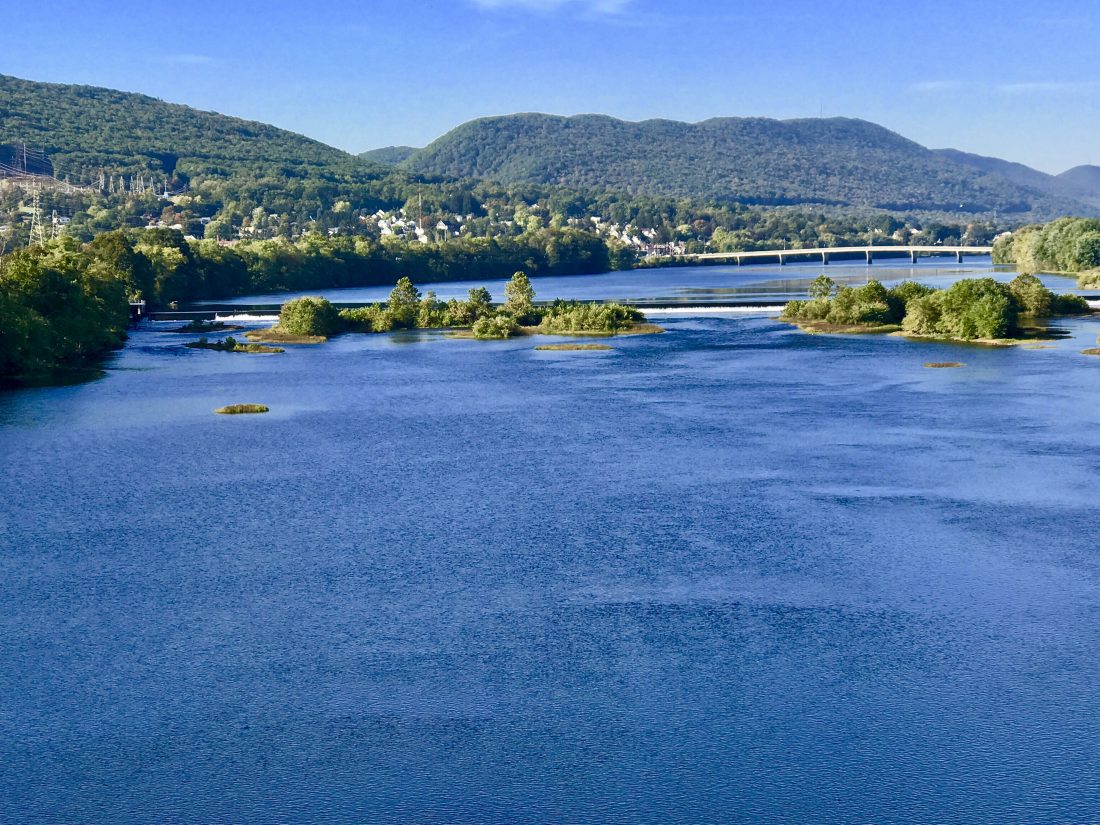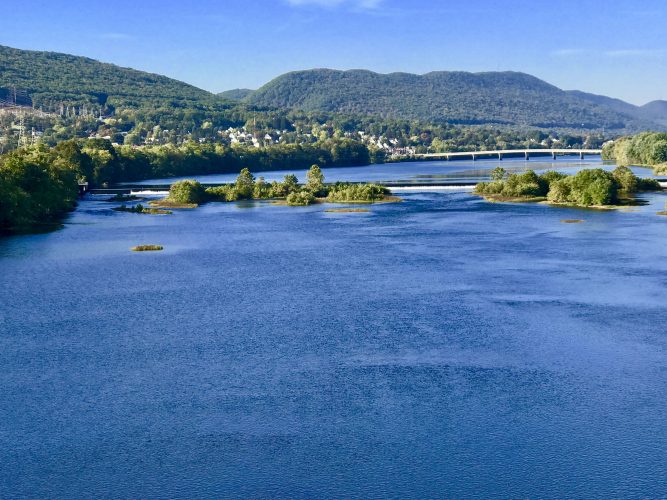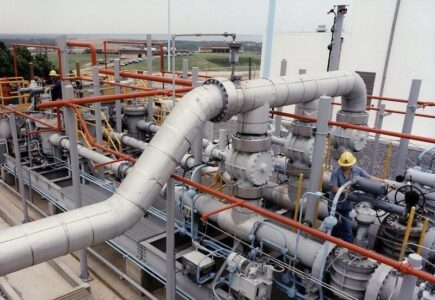Lycoming County environment creates community feel for tourists and locals

KAREN VIBERT-KENNEDY/Sun-Gazette The Susquehanna River, seen here from the Market Street bridge looking toward the Hepburn Street dam.

Lycoming County is brought together through local industries including the agricultural and gas industries, as well as the environment and its amenities like tourism.
Agricultural areas with amenities like forests, parks, hunting and fishing, and water sports, allow for local connections between outdoor shops and the activities themselves. The businesses within those industries come together to connect recreational use of locals and new eyes from those coming to enjoy.
“There’s a lot that the environment plays a role in. From the micro side of it, you got a whole host of recreational amenities and tourism. When you look at a lot of the stuff that is tourism, you see that it is also recreational for those who live here. That’s why you have local bicycle shops, canoe outlets, Gander Outdoor which is larger, a number of gun shops and other places like fishing shops to be able to go buy whatever you need to do those outdoor activities,” said Jason Fink, CEO and president of the Lycoming County Chamber of Commerce.
The impact of the county’s environment is ongoing as the industries work together to produce products and put them to use.
“It is continual. If you look at the economy that we have here in our community, agriculture is still an important part of our economy, you look at the wood industry, that’s still a very important part of our economy,” said Fink. “You look at what those products that are produced from and how they are applied. Whether it’s going into the local restaurant, whether it’s going into grocery stores, whether it’s being used for feed for livestock and animals.”
Many of the regular attributes that the environment offers are from the state parks, rivers, forests, outdoor businesses and restaurants to keep fueling those who choose to enjoy what the Lycoming County environment has to offer.
The Susquehanna River is just one of many environmental amenities that keeps locals and new people coming back. There are a number of spots along the river that allow people to stop and enjoy what the river has to offer. They can dock their boats, fish, camp, and ride the Hiawatha.
“We have the river (Susquehanna) here and streams, and the recreational amenities there. You have a number of spots along the Susquehanna, that folks will take and basically go up there every weekend after work and be out here on the river, and you have the fishing and hunting aspect of it too,” said Fink. “If you look at Little Pine of Susquehanna State Park from the perspective of having not only the boat launch there, you’ve also got the Hiawatha right there. In that aspect, you got visitors that will come in and experience the Hiawatha.”
As apart of the agricultural industry, Fink explained that lumber companies like Wheeland Lumber Company and Lewis Lumber work with other businesses in the area to provide products for them such as tables.
“If you look at some of the restaurants and some of the breweries, wineries, or distilleries that have opened up, they are all using some of that natural product that is out there and you can see in the tables and stuff that they have,” he said.
These lumber companies provide a lot as trees and forests are used for many of the environmental and tourist attributes like hunting, hiking, camping, and more. Trees are a renewable source that the lumber companies use to provide tables and other wood based products to businesses but they can also be shipped worldwide.
“Trees are a renewable resource. It’s not like it was 125 years ago. The lumber industry has learned and got very sophisticated. The northern part of Lycoming County has some of the most valuable black cherry in the world. We are shipping them to different parts of the U.S. and in other parts of wood application around the world,” said Fink. “The practices that they utilize today are continuing to make a vibrant forest for us to be able to enjoy.”
The agricultural industry and the tourism of such, unlike others have created the most impact on the environment according to Fink.
“The agricultural community are not only growing product just for consumption which is sold through grocery stores or through farmer’s markets, the products also go to livestock and restaurants, it’s a high amount of impact,” he said.
In other businesses like Chief Oil and Gas in Montoursville, the natural gas industry has opened up accessibility to cheaper gas prices and increased income.
“If you look at what the natural gas industry has done to the local market, it’s infused new capital into the regional economy. Not only from the business-to-business aspect of it but also from the business-to-consumer aspect with lower gas prices,” said Fink. “Local families are also making an income off of the gas leases that are being paid to them for the drilling rights. Gas leases make it so the employees have rights and are able to go onto property and drill.”
These leases also help within the farming industry according to Fink.
“The farming industry is a tough industry for those who haven’t had gas leases. For those who have, it has provided them with the stability that they needed and to enjoy,” he said.
The industries come together to provide opportunities for both those who come to visit or those who live here. Lumber companies provide tables for restaurants and restaurants provide meals for those experiencing the activities that the environment provides through the river, forests, and more. The industries are connected in one way or another in order to open accessible opportunities for recreational use or tourist use. They work together to create a local impact.
“There’s nothing that is truly independent. None of these are truly independent. They all have impacts in other aspects of our local economy,” said Fink.


